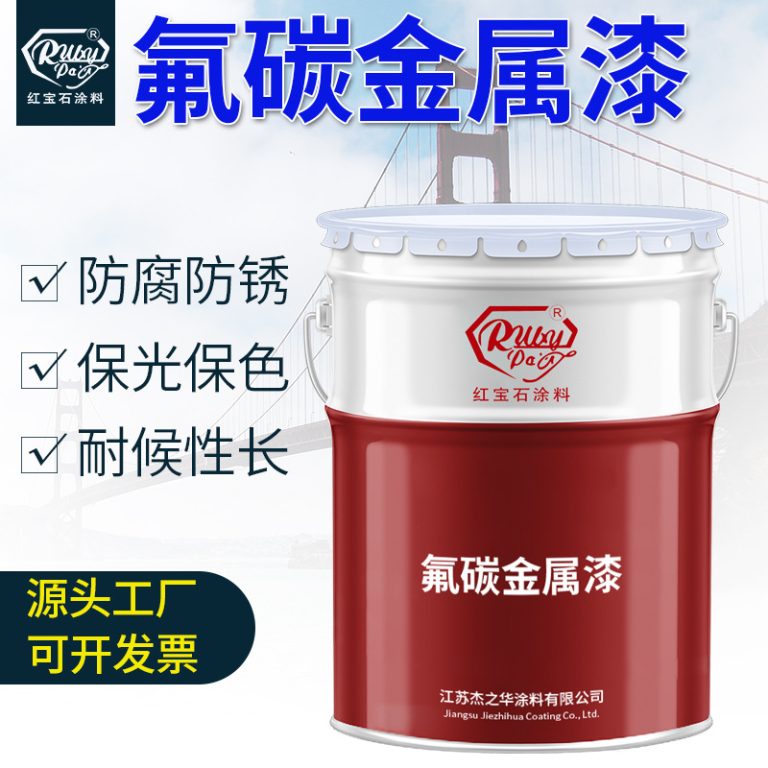تحسين سلاسل توريد الدهانات الصناعية لتحقيق الكفاءة وتوفير التكاليف
أحدث الابتكارات في مجال توريد الطلاء الصناعي: الاتجاهات والتقنيات
علاوة على ذلك، فإن الطلب على الطلاءات ذات المتانة المحسنة والمقاومة للتآكل قد حفز البحث والتطوير في مجال تكنولوجيا النانو. تتميز الطلاءات النانوية، المصنوعة من الجسيمات النانوية، بخصائص التصاق وحاجز فائقة، مما يوفر حماية طويلة الأمد ضد الظروف البيئية القاسية. تعتبر هذه الطلاءات ذات قيمة خاصة في صناعات مثل السيارات والفضاء والصناعات البحرية، حيث يمكن أن يؤدي التآكل إلى تكاليف صيانة كبيرة ووقت توقف عن العمل.
بالإضافة إلى التركيبات المحسنة، تعمل التطورات في تقنيات التطبيقات على إعادة تشكيل مشهد توريد الطلاء الصناعي. توفر أنظمة الطلاء الآلية، المجهزة بأذرع آلية وآليات رش دقيقة، كفاءة واتساقًا لا مثيل لهما في تطبيق الطلاء. لا تعمل هذه الأنظمة على تقليل تكاليف العمالة فحسب، بل تقلل أيضًا من هدر المواد وتضمن تغطية موحدة، مما يؤدي إلى تشطيبات عالية الجودة.
علاوة على ذلك، يُحدث تكامل التقنيات الرقمية ثورة في كيفية اختيار الدهانات الصناعية وتطبيقها وصيانتها. تعمل أنظمة مطابقة الألوان المحوسبة على تمكين النسخ الدقيق للألوان، مما يسمح للمصنعين بتحقيق التوحيد عبر الدفعات والمنتجات المختلفة. علاوة على ذلك، يمكن لبرنامج الصيانة التنبؤية تحليل بيانات أداء الطلاء في الوقت الفعلي، وتحديد المشكلات المحتملة قبل تفاقمها وتحسين جداول الصيانة لتحقيق أقصى قدر من الكفاءة.
هناك اتجاه آخر جدير بالملاحظة وهو الاعتماد المتزايد للطلاءات الذكية المضمنة مع إضافات وظيفية. يمكن أن توفر هذه الطلاءات خصائص الشفاء الذاتي، أو الحماية المضادة للميكروبات، أو حتى قدرات التوصيل لتطبيقات مثل الإلكترونيات وأجهزة الاستشعار. من خلال دمج هذه الوظائف مباشرة في مصفوفة الطلاء، يمكن للمصنعين تحسين أداء المنتج وتلبية احتياجات العملاء المحددة بشكل أكثر فعالية.
علاوة على ذلك، فإن ظهور تكنولوجيا الطباعة ثلاثية الأبعاد يفتح إمكانيات جديدة في توريد الطلاء الصناعي. يتيح التصنيع الإضافي إنتاج أشكال هندسية معقدة ومكونات مخصصة، مما يمثل تحديات وفرصًا فريدة لتطبيق الطلاء. يستكشف الباحثون أساليب جديدة مثل الطباعة النافثة للحبر والترسيب الكهروستاتيكي لتحقيق طلاءات دقيقة وموحدة على الأسطح المطبوعة ثلاثية الأبعاد، مما يمهد الطريق لتطبيقات جديدة في صناعات تتراوح من الرعاية الصحية إلى الفضاء الجوي. فترة من الابتكار السريع، مدفوعة بالتقدم في التركيبات وتقنيات التطبيقات والرقمنة. من الطلاءات الصديقة للبيئة إلى الوظائف الذكية والتوافق مع الطباعة ثلاثية الأبعاد، تعمل الشركات المصنعة باستمرار على دفع حدود ما هو ممكن في تكنولوجيا الطلاء. ومن خلال تبني هذه الاتجاهات والتقنيات، يمكن للشركات البقاء في الطليعة، وتقديم منتجات وخدمات متفوقة مع تقليل التأثير البيئي وزيادة الكفاءة.

One notable trend in industrial paint supply is the development of eco-friendly formulations. With increasing environmental awareness and stringent regulations, manufacturers are focusing on reducing the environmental impact of their products. This has led to the emergence of low-VOC (volatile organic compound) and water-based paints, which offer comparable performance to traditional solvent-based paints while minimizing harmful emissions.
Furthermore, the demand for coatings with enhanced durability and corrosion resistance has spurred research and development in nanotechnology. Nanocoatings, formulated with nanoparticles, exhibit superior adhesion and barrier properties, providing long-lasting protection against harsh environmental conditions. These coatings are particularly valuable in industries such as automotive, aerospace, and marine, where corrosion can result in significant maintenance costs and downtime.
In addition to improved formulations, advancements in application technologies are reshaping the industrial paint supply landscape. Automated painting systems, equipped with robotic arms and precision spraying mechanisms, offer unparalleled efficiency and consistency in coating application. These systems not only reduce labor costs but also minimize material waste and ensure uniform coverage, resulting in higher-quality finishes.
Moreover, the integration of digital technologies is revolutionizing how industrial paints are selected, applied, and maintained. Computerized color matching systems enable precise color replication, allowing manufacturers to achieve uniformity across different batches and products. Furthermore, predictive maintenance software can analyze coating performance data in real-time, identifying potential issues before they escalate and optimizing maintenance schedules for maximum efficiency.
Another noteworthy trend is the growing adoption of smart coatings embedded with functional additives. These coatings can offer self-healing properties, antimicrobial protection, or even conductive capabilities for applications such as electronics and sensors. By incorporating these functionalities directly into the coating matrix, manufacturers can enhance product performance and address specific customer needs more effectively.
Furthermore, the rise of 3D printing technology is opening new possibilities in industrial paint supply. Additive manufacturing enables the production of complex geometries and customized components, presenting unique challenges and opportunities for coating application. Researchers are exploring novel approaches such as inkjet printing and electrostatic deposition to achieve precise and uniform coatings on 3D-printed surfaces, paving the way for new applications in industries ranging from healthcare to aerospace.
In conclusion, the industrial paint supply sector is undergoing a period of rapid innovation, driven by advancements in formulations, application technologies, and digitalization. From eco-friendly coatings to smart functionalities and 3D printing compatibility, manufacturers are continuously pushing the boundaries of what is possible in paint technology. By embracing these trends and technologies, businesses can stay ahead of the curve, delivering superior products and services while minimizing environmental impact and maximizing efficiency.





